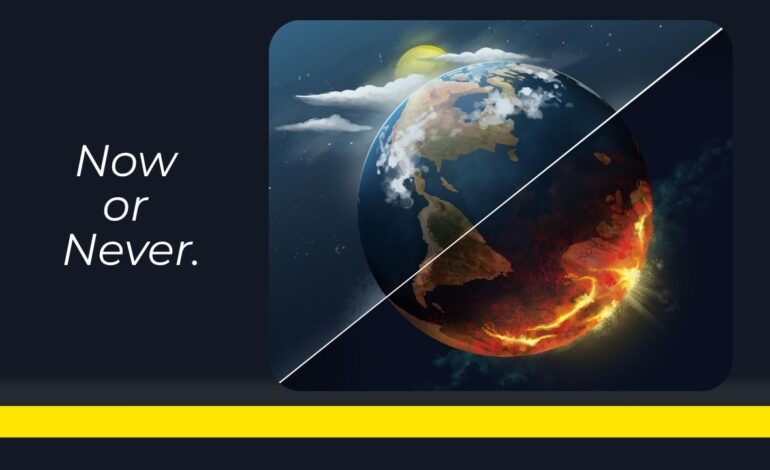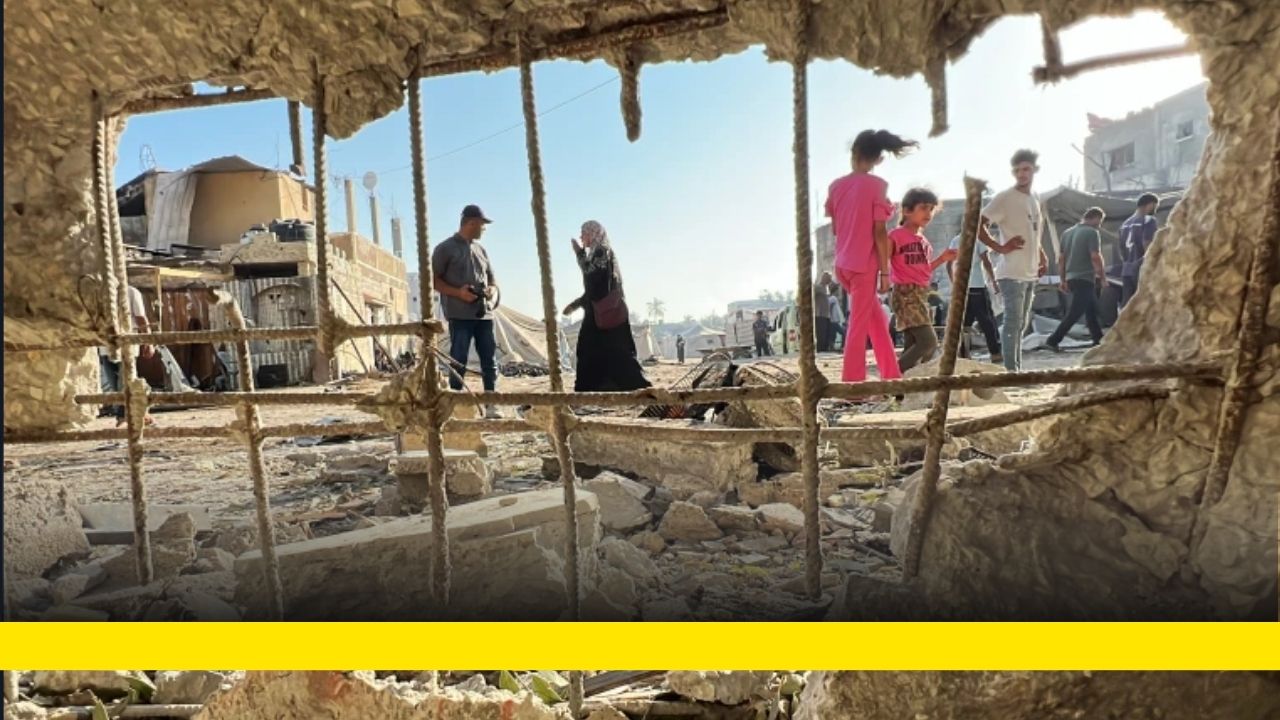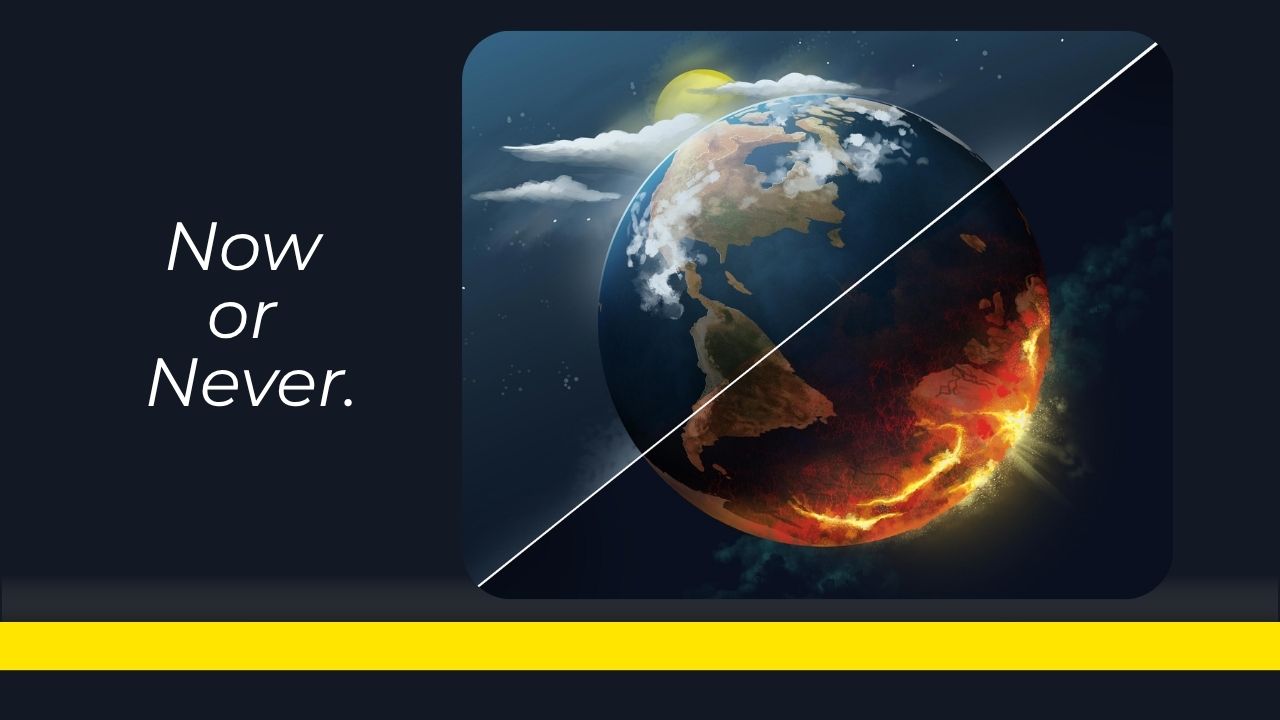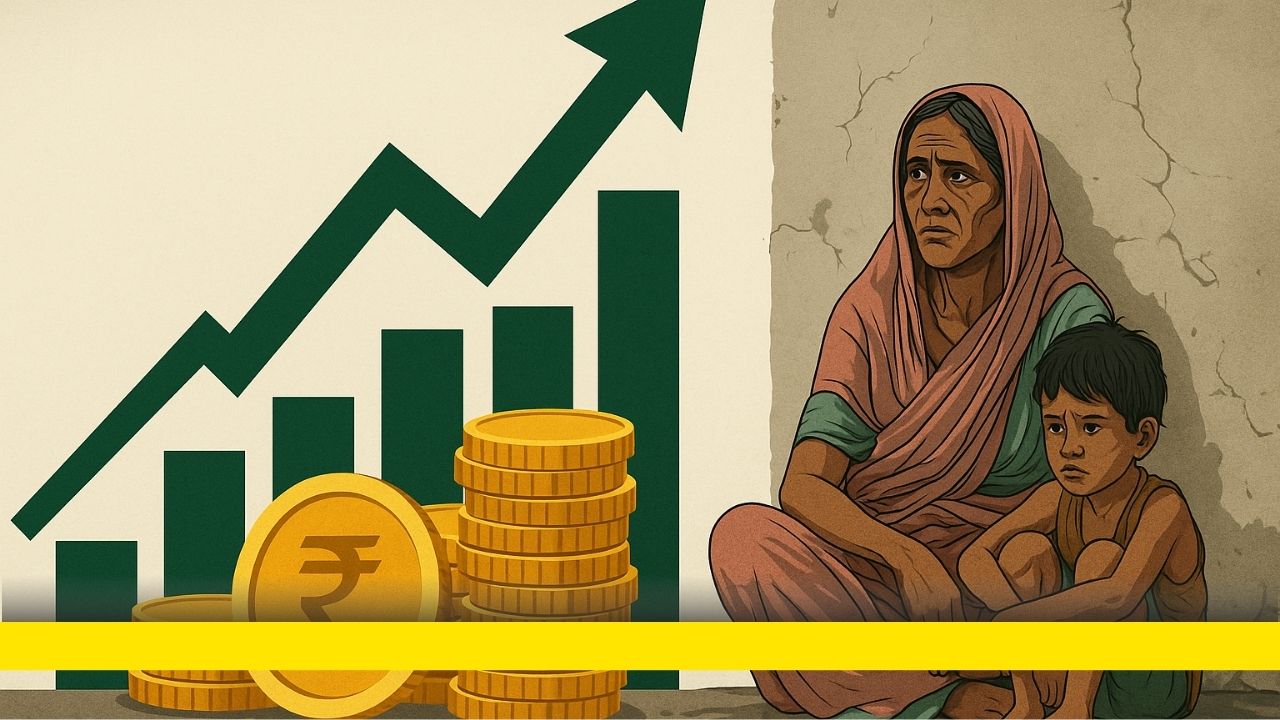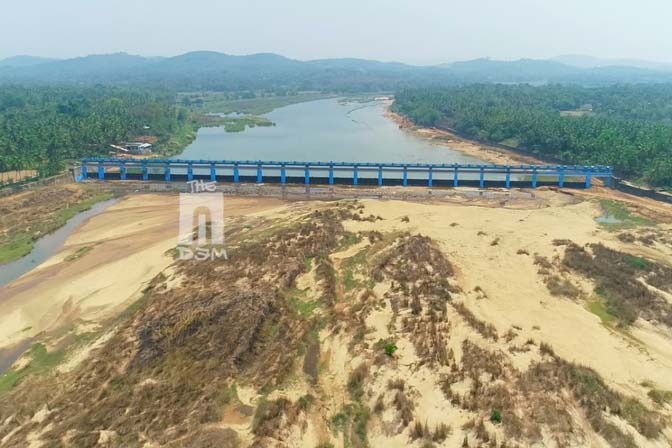Hell On Earth
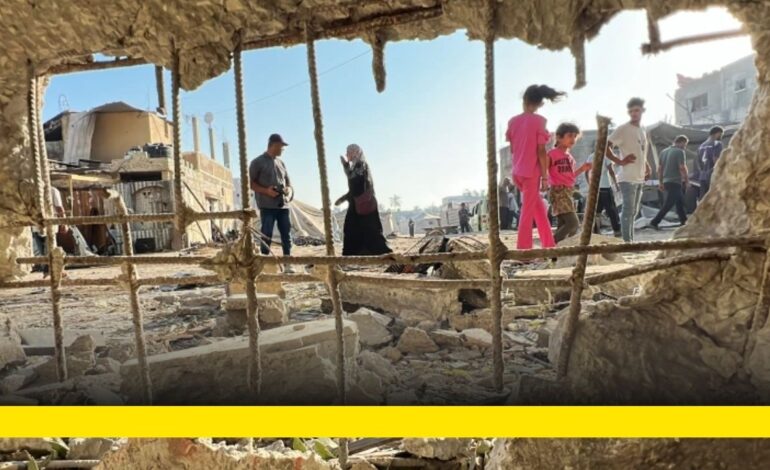
As of June 2025, Gaza is a wasteland of hunger and ruin, its people trapped in a relentless nightmare of starvation and displacement. Israel’s systematic destruction of Gaza’s agricultural backbone—its fields, groves, and water sources—has obliterated the Strip’s ability to feed itself, pushing 2.2 million Palestinians into a man-made famine. This catastrophe, rooted in decades of calculated economic sabotage, has reached apocalyptic proportions, with recent escalations intensifying the suffering.
The Devastation of Gaza’s Agricultural Lifeline
High-resolution satellite data from 2025 paints a grim picture: by September 2024, 64-70% of Gaza’s tree crop fields (5,305-5,795 hectares) and 58% of its greenhouses (7,219 units) were destroyed or damaged. By April 2025, the Food and Agriculture Organization (FAO) and UN Satellite Centre (UNOSAT) reported that over 80% of Gaza’s cropland (12,537 hectares out of 15,053) was ruined, with only 4.6% still cultivable. Nearly 70% of agricultural wells, 96% of cattle, and 99% of poultry have been wiped out, gutting local food production.
This isn’t just war’s fallout—it’s deliberate. Social media footage shows Israeli forces torching greenhouses with smoke grenades and burning crops with incendiary munitions, acts designed to starve Gaza. These tactics echo a long history of targeting Gaza’s agriculture, most notably its citrus industry, to crush Palestinian resilience.
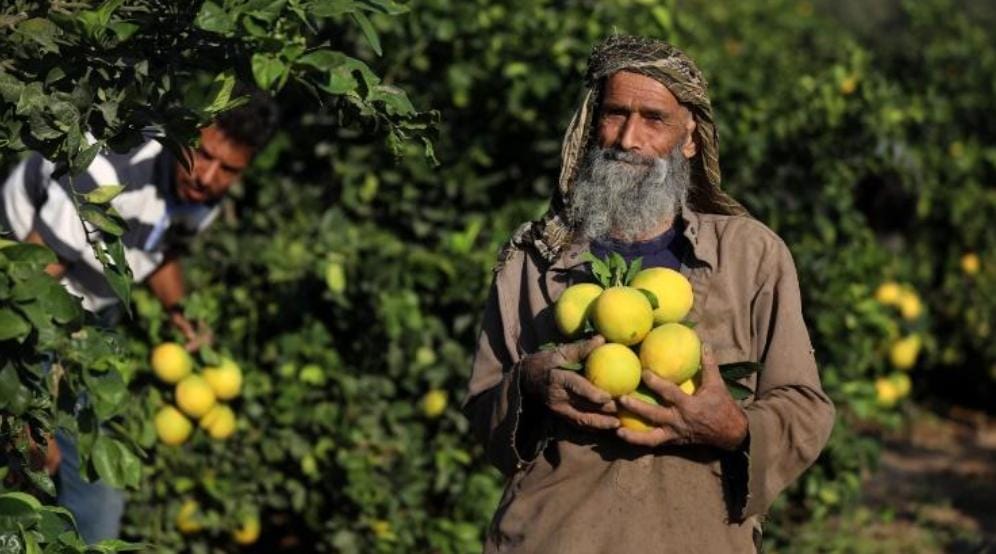
The Strangling of Gaza’s Citrus Legacy
In the 1960s, Gaza’s citrus groves were a lifeline, covering 30% of its farmland and employing over a third of its workforce. Oranges and lemons, especially the famed Jaffa orange, drove exports, contributing 45% to Gaza’s GDP. Gaza’s port hummed with trade to Europe and the Middle East, and citrus was a symbol of Palestinian pride.
After Israel’s 1967 occupation, this industry became a target. Israel rerouted Gaza’s citrus exports through its own ports, like Ashdod, subjecting them to “security inspections” that delayed shipments for weeks. Oranges rotted in the sun, unsellable, bankrupting farmers. Israel blocked trade routes to Egypt and refused to rebuild Gaza’s war-damaged port, cutting off direct market access. By the 1980s, Israel imposed bizarre rules—like requiring farmers to remove tomato pedicels or repackage citrus in smaller crates—ensuring spoilage during checkpoint delays. Israel also subsidized its own citrus, flooding markets with cheaper produce and undercutting Gaza’s growers. From 1967 to 1990, Gaza’s citrus exports crashed by over 60%, and groves shrank from 8,000 to under 3,000 hectares. Today, most of these groves are gone, bulldozed or bombed, their loss a cultural and economic wound.
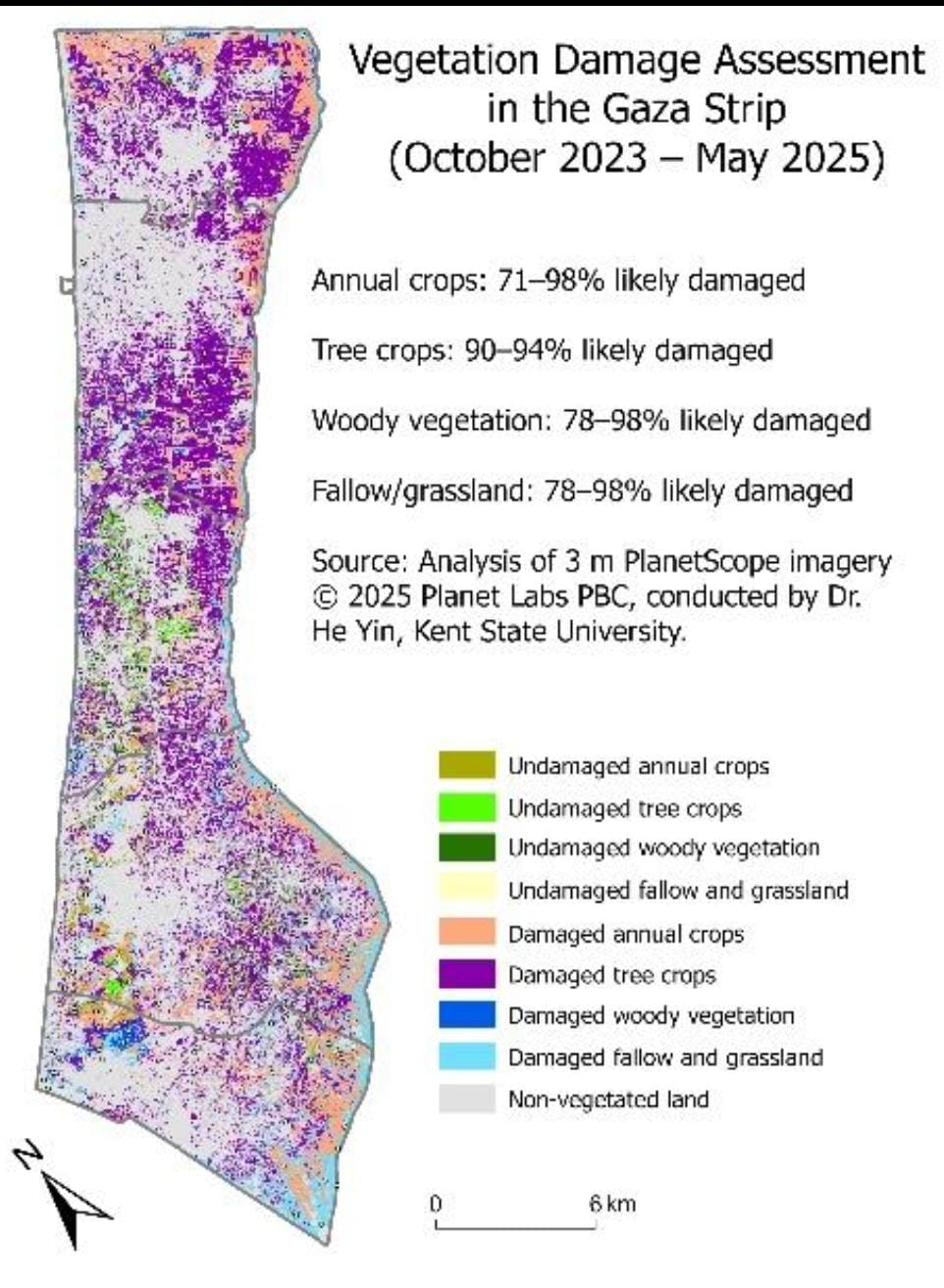
Water as a Weapon
Israel’s control over Gaza’s water has deepened the agricultural collapse. Since 1967, Israel diverted Gaza’s groundwater to its settlements, limiting Palestinian access to wells and irrigation. Over-extraction and restrictions caused aquifer salinization, making 95% of Gaza’s water unfit for farming or drinking by 2025. The destruction of 70% of Gaza’s agricultural wells in the current conflict has left farmers without irrigation, rendering even surviving fields useless.
Recent reports highlight Israel’s targeting of water infrastructure. Since the ceasefire collapsed on March 18, 2025, Israel’s blockade halted fuel for desalination plants and water pumps, leaving 90% of households grappling with water scarcity. On March 23, Israeli forces attacked humanitarian vehicles, including five ambulances and a UN vehicle in Rafah, killing 15 aid workers and further disrupting water and food distribution.

A Starving Population
Gaza’s 2.2 million people are starving. Over 50% are in IPC Phase 4 (Emergency), scraping by on minimal food, while 25% face IPC Phase 5 (Catastrophe), with no food at all. The UN warns of imminent famine, especially in northern Gaza, where aid is blocked. Over 90% of children are food insecure, with images of emaciated kids like five-year-old Osama al-Raqab searing the world’s conscience.
This builds on decades of deprivation. Before the current war, 71.5% of Gaza’s households were food insecure due to Israel’s blockade. Israeli officials admitted in 2008 to keeping Gaza’s economy “on the brink of collapse,” a policy now pushing it over the edge.
Recent events have worsened the crisis. Since March 18, Israel’s escalated bombardment and blockade stopped all aid for 77 days, until limited supplies resumed on May 18. Only 6,000 tonnes of wheat flour have entered since May, far below what’s needed. The Gaza Humanitarian Foundation (GHF), a US- and Israel-backed aid group, has been accused of luring starving Palestinians to distribution sites only for Israeli forces to open fire, killing dozens. UNRWA calls this aid model a “death trap,” with mass casualties reported.
The Ground Reality
Gaza’s streets tell the story. Displaced people live in tents amid rubble, with 82% of Gaza under Israeli militarized zones or displacement orders. Over 640,000 have been displaced since March, some up to 10 times. On June 2, an Israeli airstrike hit an UNRWA school shelter in Khan Younis, killing 30 displaced people, including women and children.
Health systems are collapsing. Only 38% of Gaza’s 564 health service points function, and 47% of hospital medications are unavailable. Over 2,700 children under five were diagnosed with acute malnutrition in late May alone. Fishermen risk death to feed their families, with Israeli fire killing dozens at sea.
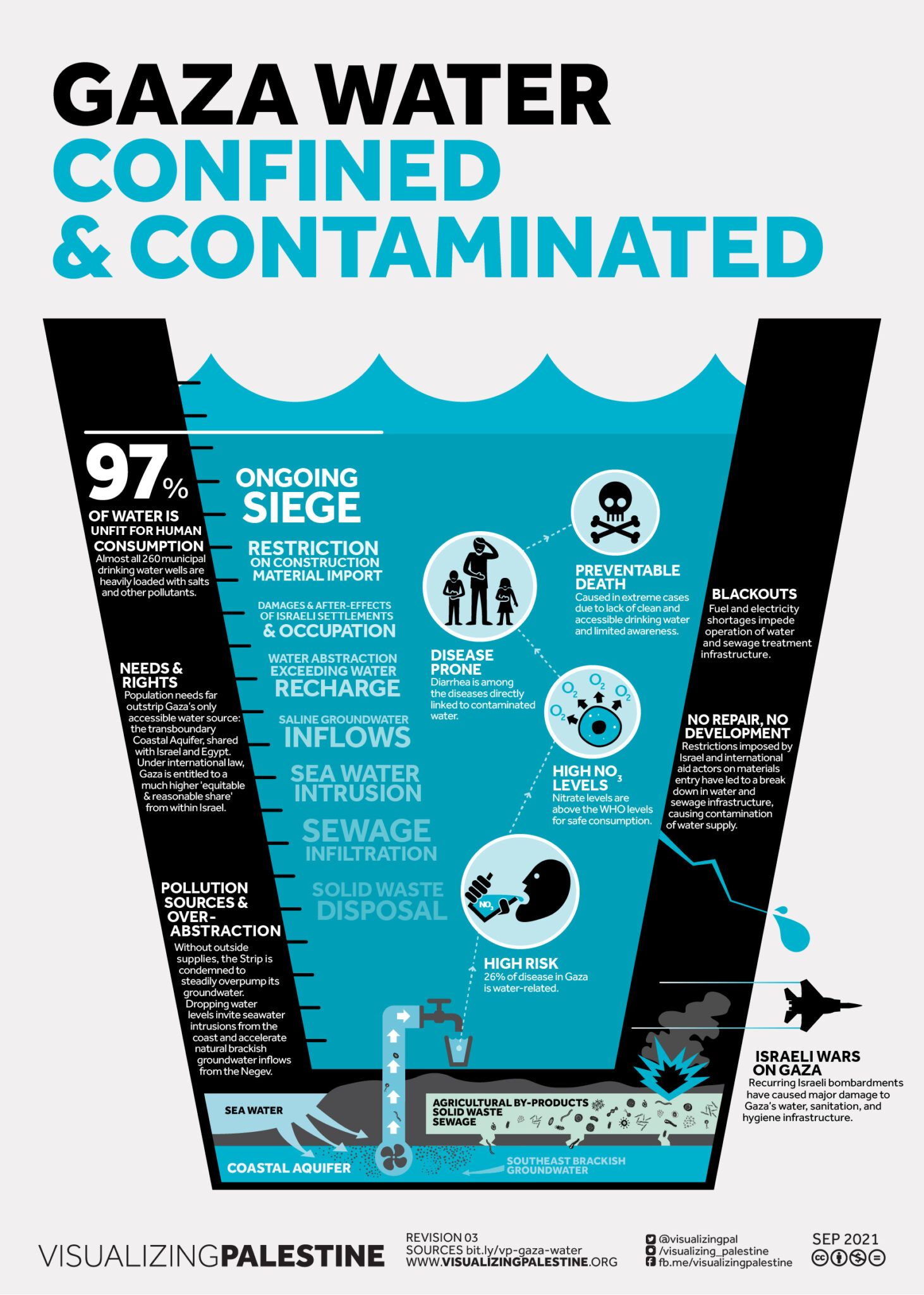
A Legacy of Ruin
Gaza’s agricultural collapse—its citrus groves, water, and farmland destroyed—is a deliberate continuation of Israel’s post-1967 policies. The loss of 80% of cropland and 77.8% of agricultural infrastructure threatens Gaza’s survival and identity. With 175,000 structures damaged, generating 53 million tonnes of debris, recovery could take 22 years. This is hell on earth, a starvation crisis engineered through decades of sabotage and intensified by ongoing violence.


